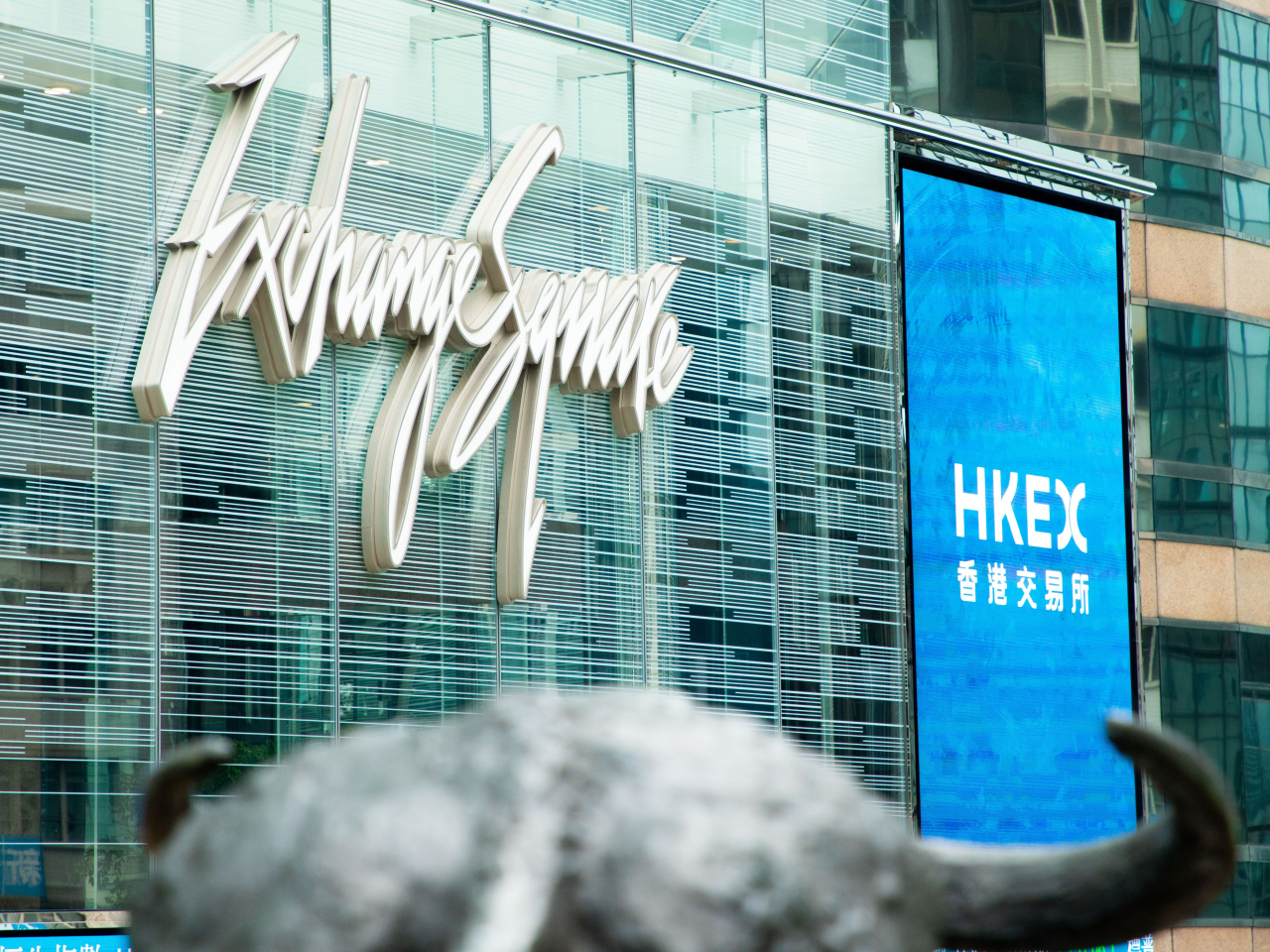Asia shares got off to a shaky start on Friday after US President Donald Trump unveiled a fresh round of punishing tariffs and as traders pared bets of sharp Federal Reserve rate cuts following stronger-than-expected economic data.
In Hong Kong, the benchmark Hang Seng Index fell 212 points, or 0.8 percent, to open at 26,272.
Across the border, the benchmark Shanghai Composite Index was down 0.35 percent to open at 3,839 while the Shenzhen Component Index opened 0.38 percent lower at 13,394.
The ChiNext Index, tracking China's Nasdaq-style board of growth enterprises, was down 0.42 percent to open at 3,222.
Trump on Thursday announced that the United States would impose 100 percent duties on imported branded drugs, 25 percent tariffs on heavy-duty trucks and 50 percent tariffs on kitchen cabinets.
He also said he would start charging a 50 percent tariff on bathroom vanities and a 30 percent tariff on upholstered furniture next week, with all the new duties to take effect from October 1.
Japan's Topix pharmaceutical index slid 1.4 percent in the wake of the news, while shares of Australian biotech firm CSL tumbled more than 3 percent.
The Nikkei fell 0.5 percent, while MSCI's broadest index of Asia-Pacific shares outside Japan was down 0.45 percent.
"At this point of time, it sort of adds to a bit of a shaky backdrop we've got in terms of risk assets," said Tony Sycamore, a market analyst at IG.
Nasdaq futures were down 0.08 percent while S&P 500 futures dipped 0.02 percent.
European futures meanwhile eked out gains, with Eurostoxx 50 futures up 0.37 percent while FTSE futures rose 0.25 percent.
Also adding to headwinds for stocks were reduced expectations of aggressive Fed rate cuts, after a slew of data on Thursday showed the US economy remains in rude health.
"[The] data deluge... gives the US economy a new lease on life," said economists at Wells Fargo in a note.
"Ultimately the updated GDP figures suggest the US economy was undeniably resilient in the first half of the year despite the on-again off-again approach to US trade policy."
Traders are pricing in just about 39 basis points worth of rate cuts by December, down from over 40 bps earlier this week.
Focus will now be on personal consumption expenditure data due later on Friday, which could provide further clarity on the outlook for rates.
"There was some bullish optimism built into markets, because everybody started thinking we're going to get somewhere between four and six rate cuts, and now I think we're probably looking at four at most, and maybe even that seems a bit generous at this point of time into the end of 2026," said IG's Sycamore.
While most Fed policymakers continue to strike a cautious tone on the pace of future easing, the central bank's newest policymaker, Stephen Miran, on Thursday pressed for sharp interest-rate cuts to prevent labour market collapse. (Reuters/Xinhua)





